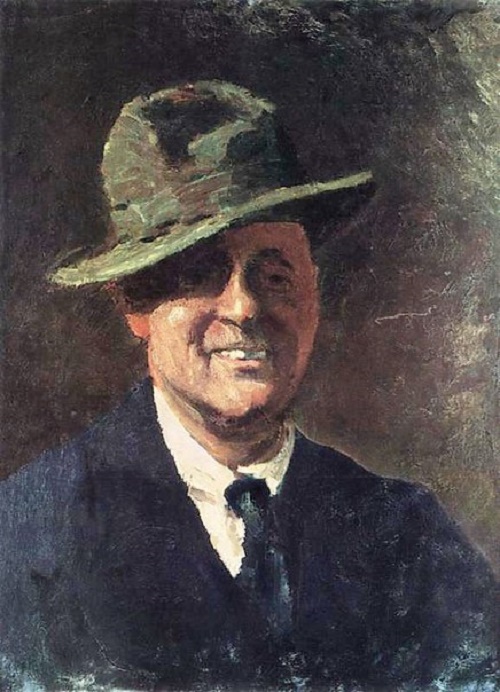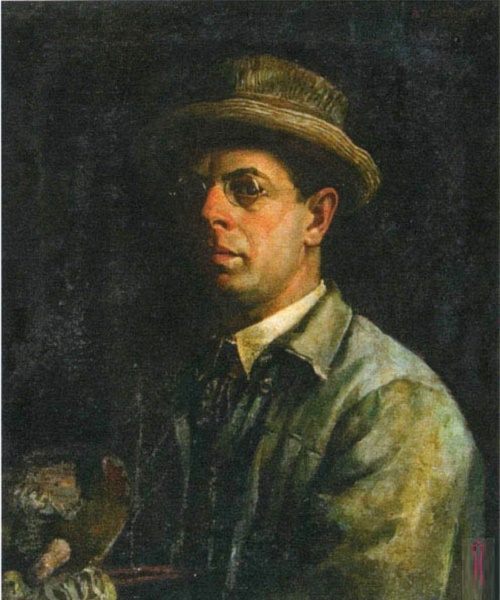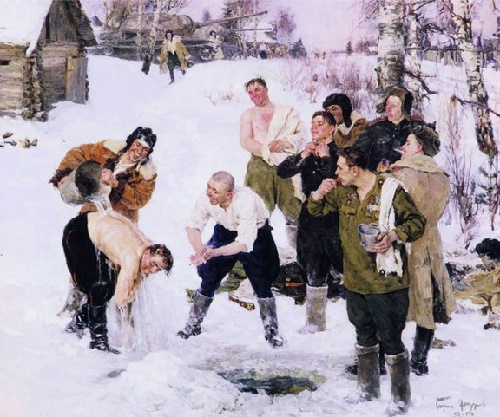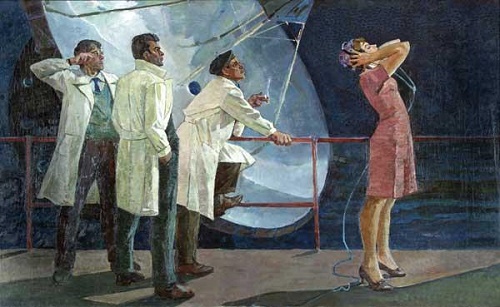Soviet artist Boris Mikhailovich Nemensky

Mother. 1945. The State Tretyakov Gallery, Moscow. Soviet artist Boris Mikhailovich Nemensky (b. 1922)
Paintings by Soviet artist Boris Mikhailovich Nemensky (b. 1922) many times became a phenomenon, of not only artistic, but also social life, the subject of a very heated debate. Faith in humanity, in its beauty and indestructibility, the artist’s belief in the power of the human principle, to be fought not only among inhuman trials of war, but today – this is perhaps the most important characteristic of his work. “B. Nemensky has already become a classic at twenty-two years old when he created his famous picture “Mother”, – said the famous Soviet poet Konstantin Simonov. Boris Nemensky is known as a painter of easel painting with complex and dramatic content, and at the same time as very lyrical artist with a bright and vibrant view of the world. As an academician, a member of the Academy of Education and the Academy of Arts of the USSR and Russia, People’s Artist of the RSFSR, laureate of Stalin and State prizes, he remains the same, not going to compromise, original master.
More »





